Science in Ancient Artwork
PAKAL, THE MAYA ASTRONAUT:
A STUDY OF ANCIENT SPACE TRAVEL
by Charles William Johnson
PART: III
The Vehicle's Canopy
Now, let us turn our attention to the vehicle's
canopy, or the top section of the image. Again, let us visualize the concept
of movement in relation to the arms of the canopy, which also appear to
have pivotal joints upon which they may be rotated. Rotation possibilities
may be observed regarding the arms of the "cross", as well as two heads
of the serpents.
As we may observe in the following illustration, the arms of the "cross"
may be furled or extended, as well as rotated on their pivotal axes. The
heads of the serpents may also be rotated along specific pivotal points,
forming a seal with the bottom part of the vehicle. Both sections thereby
come together to form an enclosed module. The image that obtains is that
of an acorn-shaped vehicle; a shape that has often been reported in contemporary
sightings of unidentified flying objects around the globe.
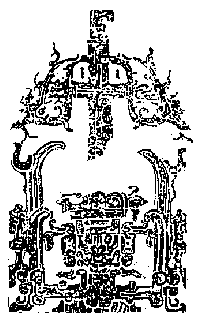 |
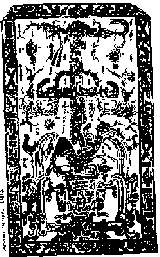 |
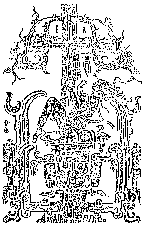 |
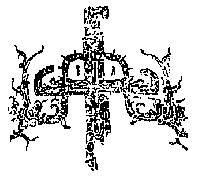 |
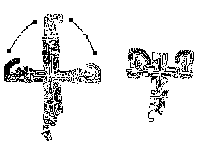 |
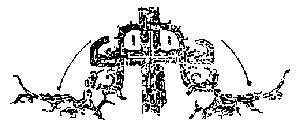 |
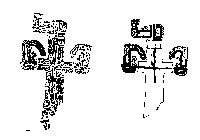 |
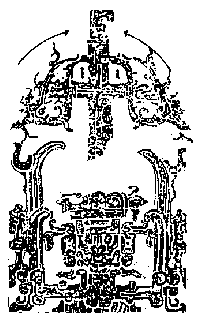 |
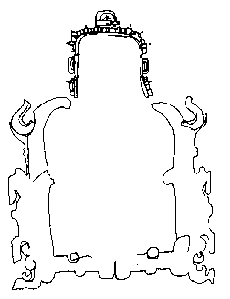 |
A complete and exhaustive analysis of the vehicle's canopy would require a book-length essay. For, as we shall see later, the canopy becomes significant in identifying the analysis of the "bird" perched atop the "tree". In this essay, we shall offer the findings regarding the vehicle's canopy that might be sufficient to comprehend its essential meaning, saving a more detailed analysis for a later essay.
©1995-2009 Copyrighted by Charles William Johnson
Pakal: The Maya Astronaut
"Pakal,
The Ancient Astronaut:
Paleoanimation of the Sculpture of the Maya at Palenque"